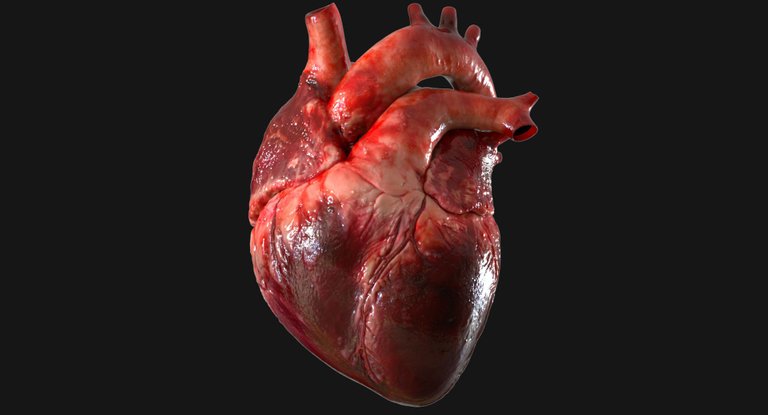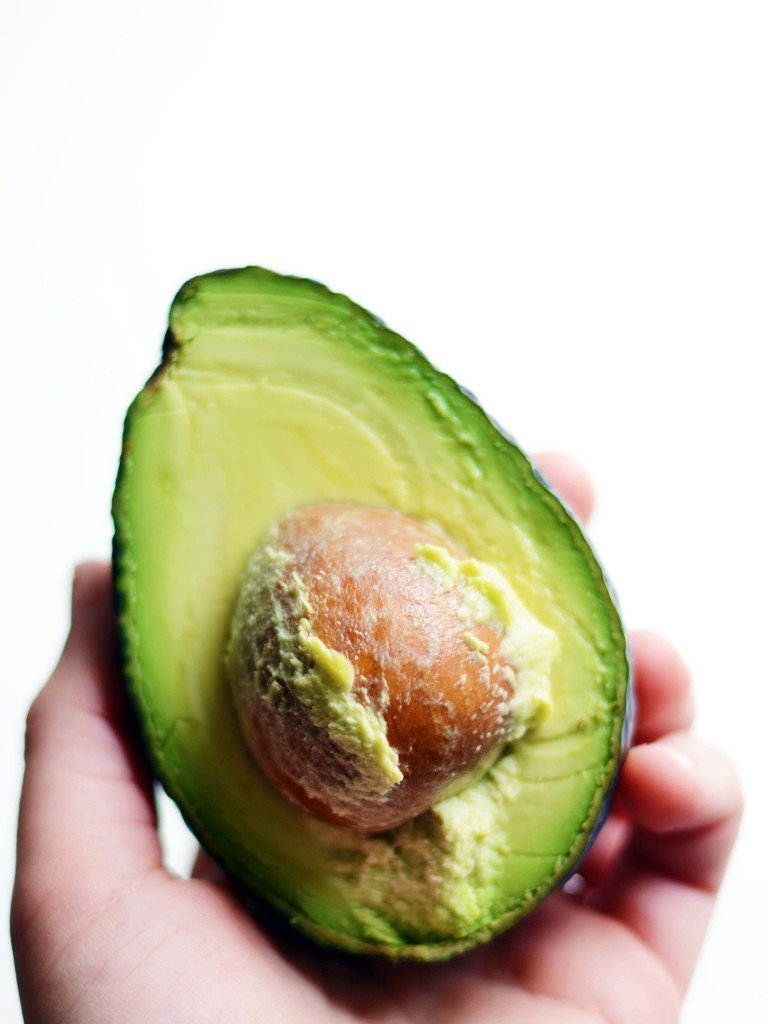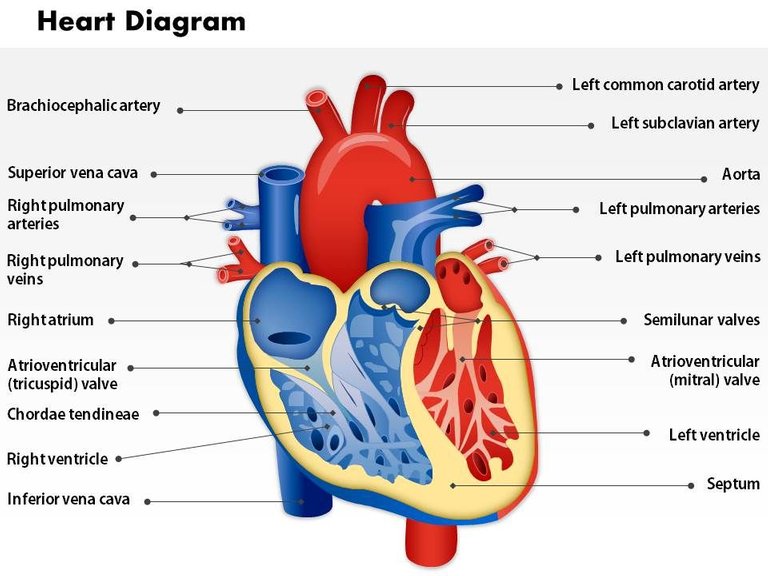The Amazing And Powerful Organic Pump

The human heart, the "organic pump"
Have you ever wondered how your body receives nutrients to maintain proper function and vitality? If you have, how do you think your body achieves it? The human body is a complex entity that receives nutrients and maintains optimal functions through the diligent work of a powerful "organic" pump and a vast network of tubes within the body. This powerful "organic" pump is called the heart and the network of tubes associated with it is called blood vessels. Together they make up an essential part system in the human body known as the circulatory system. Let's take a look at this amazing organ that works round the clock to supply the entire with nutrients.

The human heart has the shape of an inverted avocado fruit
The human heart is a hollow, muscular organ that is located within the chest of the body. It pumps blood that carries essential nutrients for the body through blood vessels. It has the shape of an avocado plant in an inverted position and is the size of a closed human fist. The heart is wrapped within a tough protective sac called the pericardium. The narrower end of the heart that faces the body downward is called its apex while the broader part that faces the upper part of the body is called the base.

Chambers and parts of the human heart
The heart is divided into four sections or chambers which are the right atrium, right ventricle, left atrium, and left ventricle. The right and left side of the heart is divided by a wall called the septum. The atria ( plural form of atrium) of the right and left sides of the heart are the upper chambers of the heart while the ventricles on both sides make up the lower part. The two atria of the heart receive blood into the heart while the lower ventricles pump blood out of the heart. The right atrium receives blood low in oxygen from two large blood vessels called the superior vena cava and the inferior vena cava. On the other side of the heart, the left atrium receives blood rich in oxygen from the right and left pulmonary veins. At the apex of the heart, the right ventricle expels blood low in oxygen from the heart to the lungs through the pulmonary arteries. On the left side of the septum the left ventricle pumps blood to other parts of the body through the largest blood vessel in the body called the aorta.
The flow of blood in the various chambers of the heart is in one direction and to prevent a backflow of blood some structures called valves are placed in certain locations of the heart. The valves found between the atria and ventricles are called atrioventricular valves while those found in vessels that carry blood away from the heart are called semilunar valves. The atrioventricular valves on the right side of the heart are also known as the tricuspid valve and prevent blood from flowing from the right ventricle to the right atrium. On the left side, the atrioventricular valves are called mitral valve and stop blood from flowing to the left atrium from the left ventricle. The semilunar valves in the pulmonary trunk and aorta also prevent the backflow of blood into their respective ventricles.
Other activities also take place in the heart during the inward and outward flow of blood. When deoxygenated blood from the body flows into the heart through the right atrium, the chamber contracts ( narrows), open the tricuspid valve, and pushes deoxygenated blood to the right ventricle which relaxes ( expands ) . When the pressure in the right ventricle increases because of the flow of blood into it, it contracts, the tricuspid valve closes and deoxygenated blood is ejected into the pulmonary arteries that carry it to the lungs. A similar process also takes place on the left side of the heart. Oxygenated blood flows from the lungs to the left atrium causing it to contract, opening the mitral valves and filling the left ventricle which relaxes with oxygenated blood. The high blood pressure in the left ventricle leads to its contraction, shutting-off of the mitral valve and pumping of oxygenated blood to the aorta which supplies it to other parts of the body. The two atria and ventricles on the left and right sides of the heart contract and relax in an alternating manner in what is called a cardiac cycle.
The alternating contraction and relaxation of the atria and ventricles is what makes up a heartbeat. The throbbing sounds made by the heart whenever it contracts and relaxes is as a result of the closure of the atrioventricular and semilunar valves. The contraction of the heart when it pumps blood through the ventricles to other parts of the body and lungs is called systole. The relaxation of the heart which involves it being filled with blood occurs next and is known as diastole. The beats seventy times a minute and pumps blood throughout the lifetime of a human. It does not take a break!
The human heart is a powerhouse. It is a pump that releases blood and life-enriching nutrients consistently to the body. It boosts the body's vitality by maintaining its circulatory duty. We owe it to ourselves to lead a healthy lifestyle that will enhance the performance of this amazing "organic" pump.
Thanks for reading,
Have a splendid day folks.
All image source added in caption.


This post has been manually curated by @bhattg from Indiaunited community. Join us on our Discord Server.
Do you know that you can earn a passive income by delegating to @indiaunited. We share more than 100 % of the curation rewards with the delegators in the form of IUC tokens. HP delegators and IUC token holders also get upto 20% additional vote weight.
Here are some handy links for delegations: 100HP, 250HP, 500HP, 1000HP.
100% of the rewards from this comment goes to the curator for their manual curation efforts. Please encourage the curator @bhattg by upvoting this comment and support the community by voting the posts made by @indiaunited..
This post received an extra 4.29% vote for delegating HP / holding IUC tokens.